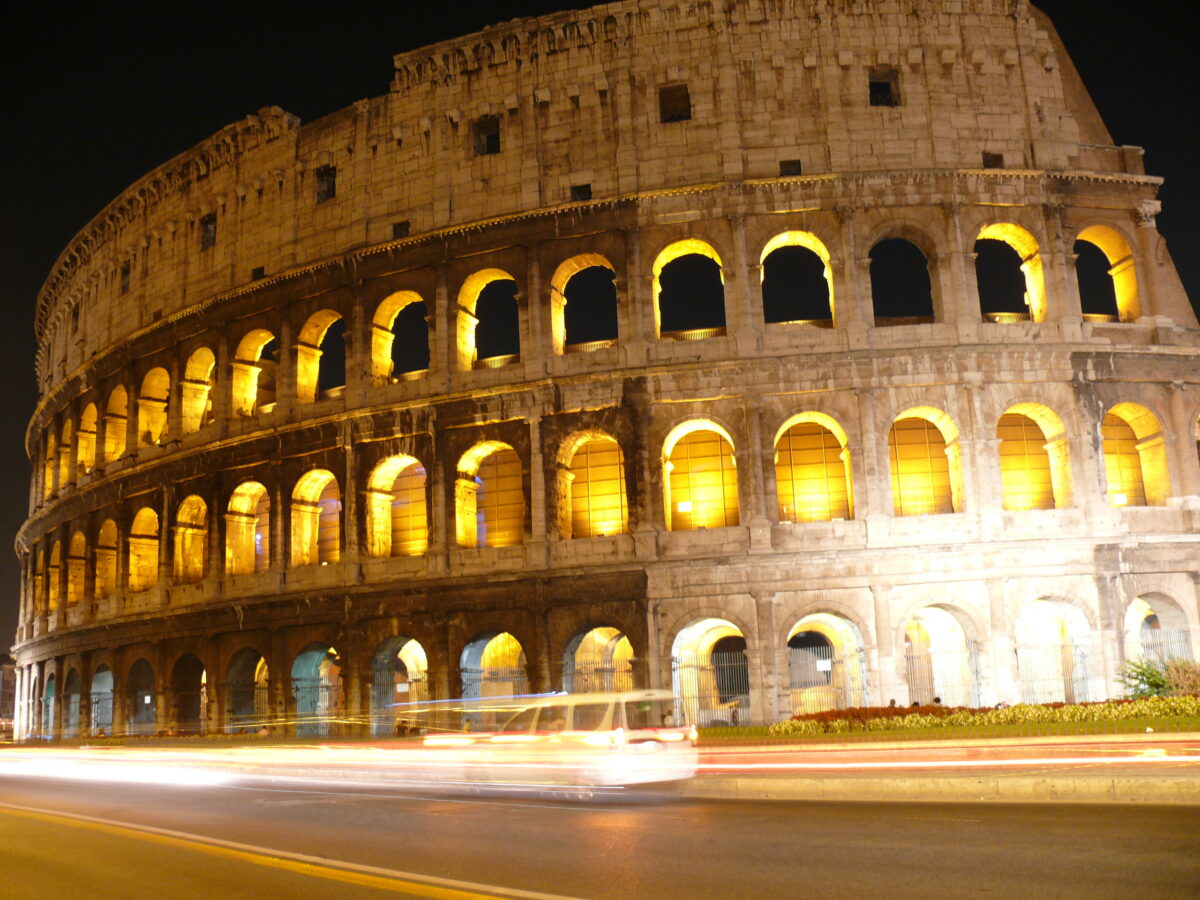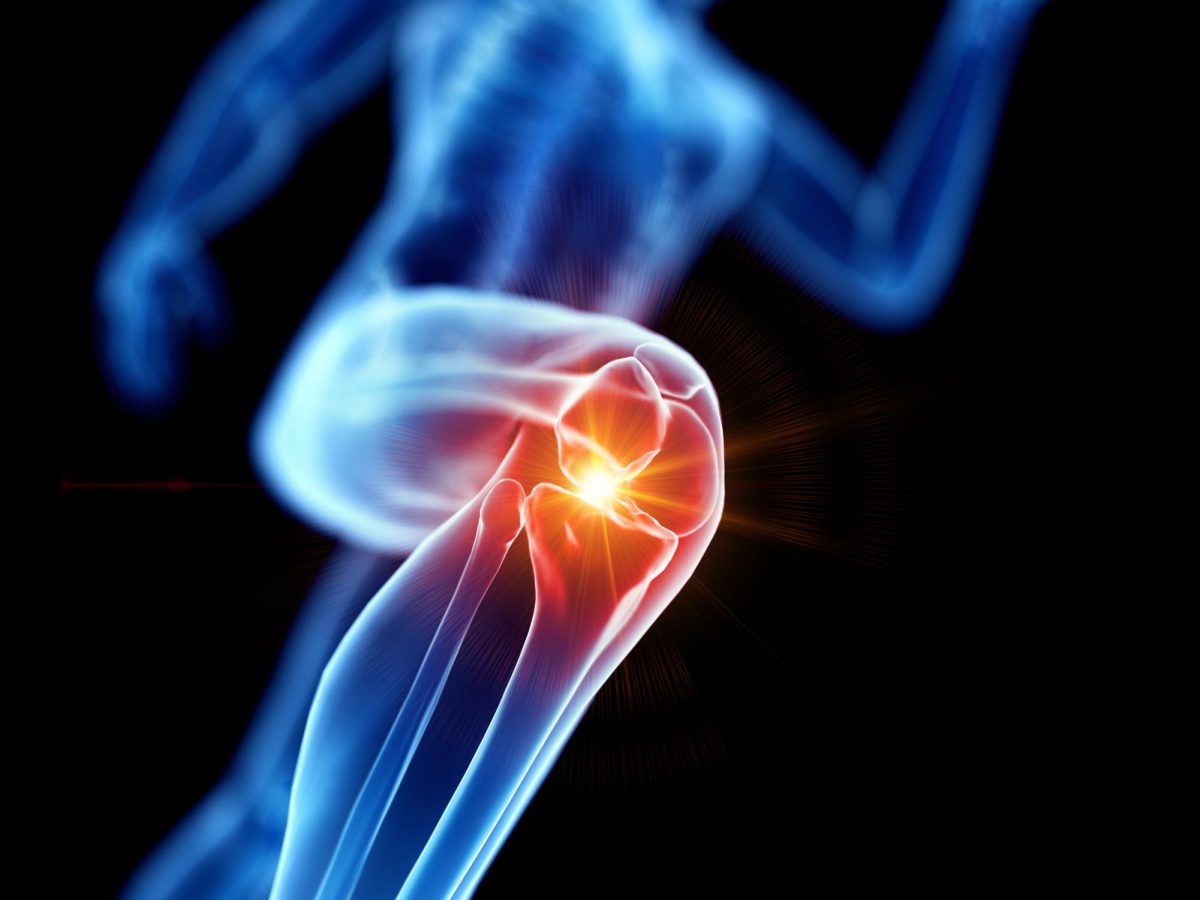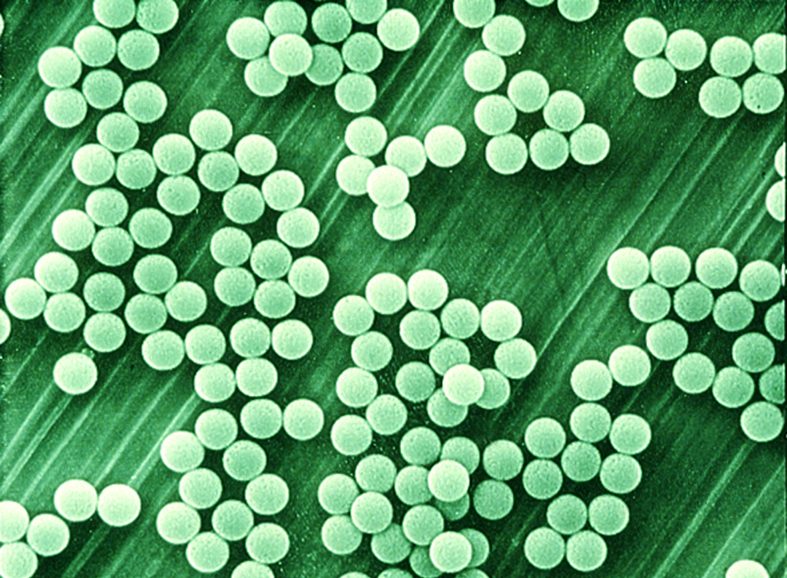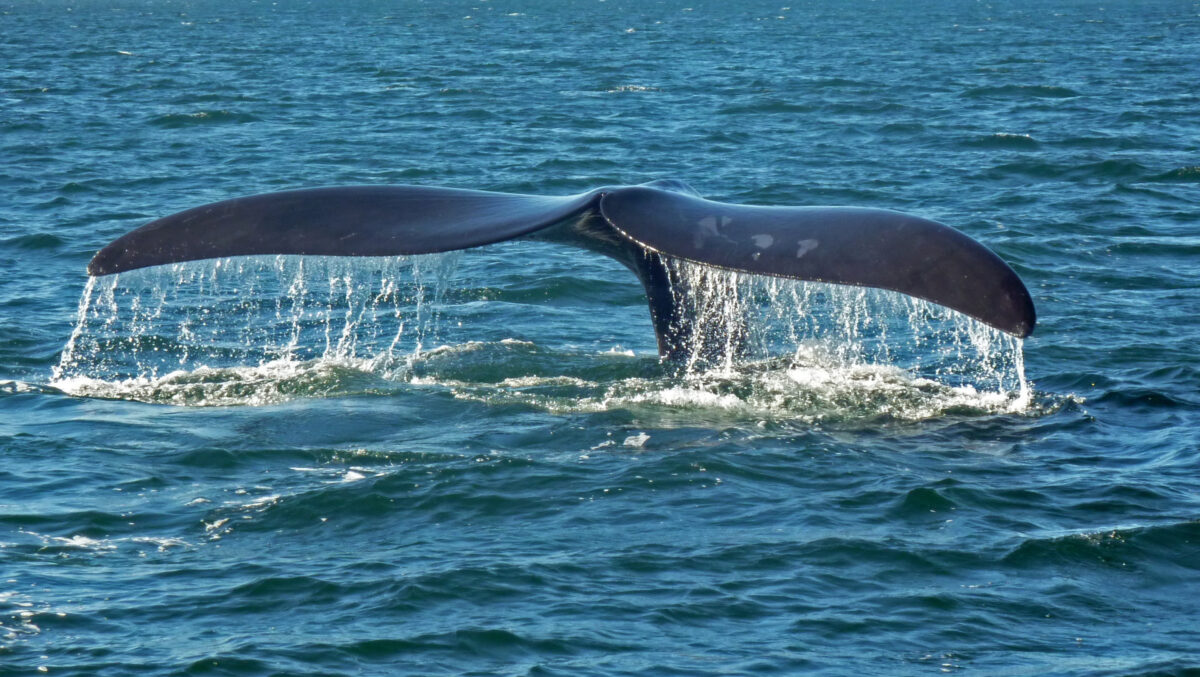Roman architecture, especially Roman cement, is a modern marvel because of its durability.
Until now, scientists have been unable to discern the techniques the Romans used to create such long-lasting structures. Researchers have discovered that Roman cement’s composition and mixing practices grant it self-healing properties, as published in the journal Science Advances.
Roman cement is a combination of volcanic rock, large stone fragments, sand and water mixed with mortar that is primarily comprised of lime and materials high in silica and calcium carbonate.
What’s special about this mixture is quite literally how it is mixed: the Romans used a technique called hot-mixing, which is when the lime is directly mixed in with the mortar and rubble rather than wetting it first to form a paste. The source of the cement’s durability is the addition of dry lime, also known as quicklime. The process forms clumps called lime clasts, where the lime doesn’t completely mix into the cement.
Researchers took samples of Roman cement from a city wall in Privernum, Italy, to analyze the composition of these lime clasts to determine their elemental makeup. They determined that rather than being a lazy mistake, these clasts and their inactive mineralizations were great sources of calcium that reacted with water when exposed during decomposition or cracking. This reaction sealed up damage so that further cracking could not occur, reinforcing the cement structure against deterioration over the centuries.
The scientists experimented with this newfound knowledge by creating cement with various proportions of quicklime to test performance. They fractured different formulations and ran water over them for about 30 days or until water flow indicated the cracks had been mended.
Their findings through these Roman replications support the idea that the technique could be applied to modern practices to increase the durability of today’s infrastructure. In turn, this could also aid in decreasing the impact of current cement manufacturing on the environment since less of it would need to be created over time.









